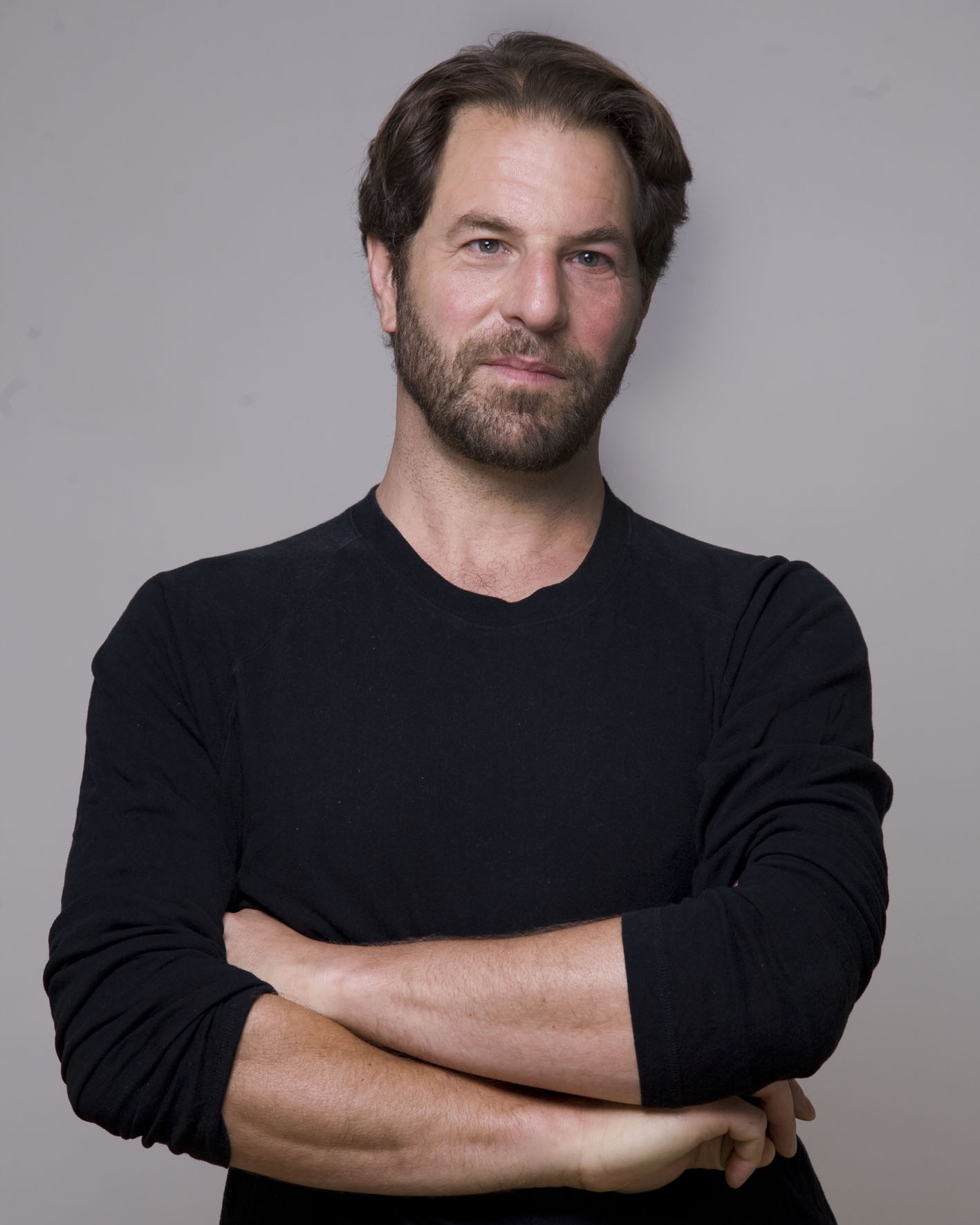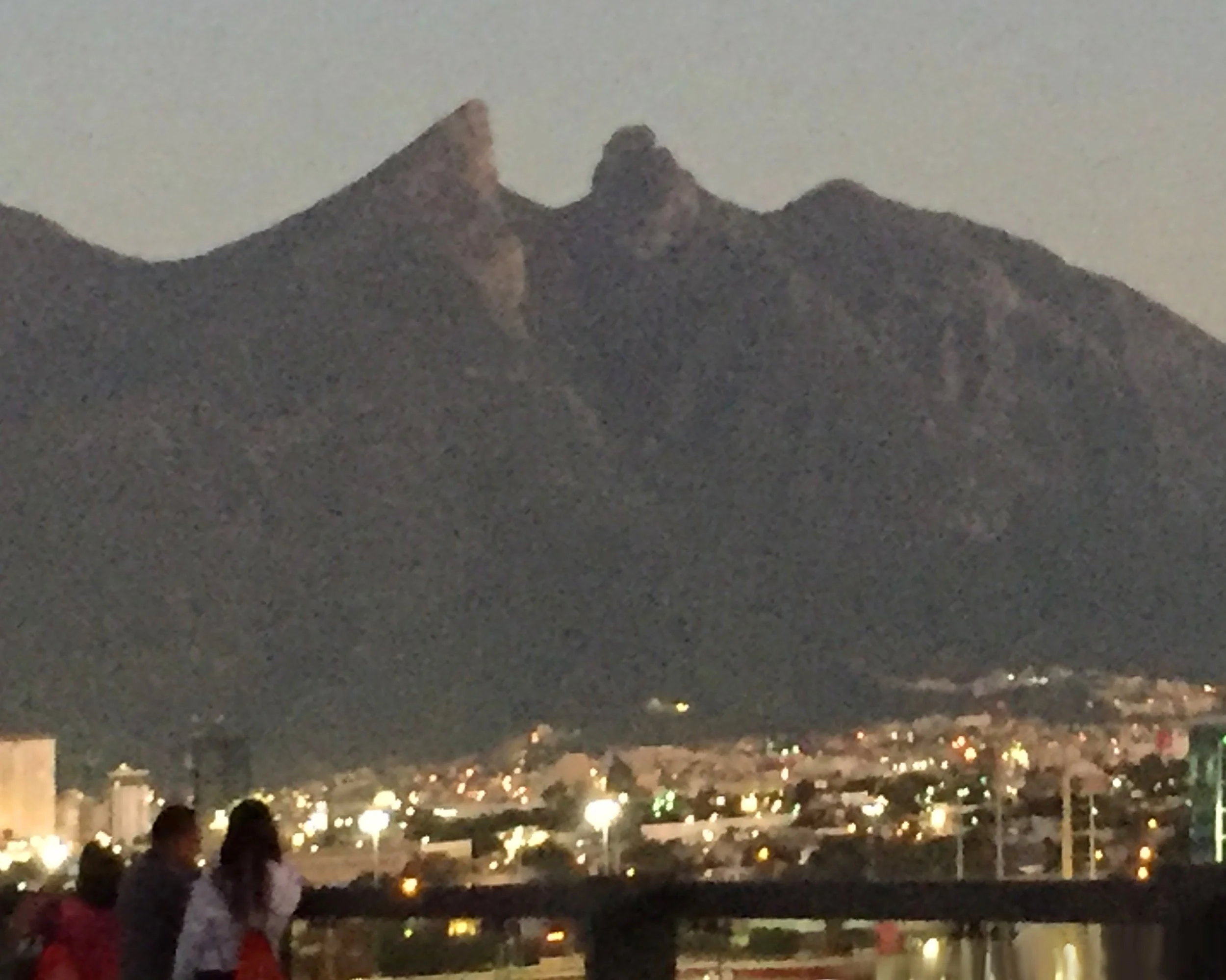It Happened in Monterrey: Chefs collide at Paralelo Norte
*first published in The Newworlder, 2015
The last time I found myself in Monterrey, 15 years ago, there was nothing to eat but meat. Dried machaca (rehydrated dried beef or pork) and eggs for breakfast, a strip steak for lunch, cabrito for dinner. A desperate plea for a salad brought on guacamole. But culinary times have changed in this spiffy northern capital, Mexico’s third largest city. Industry brought money, which in turn bought culture. New museums arose, fine dining establishments followed.
A thriving restaurant scene now features such star chefs as Guillermo González Berristáin whose Modern Mexican venue, Pangea is on everybody’s must-go list. Affable Argentine transplant Dante Ferrero adroitly fuses Argentina, Italy and Mexico at his Alodé. Alfredo Villanueva turns traditional Mexican cooking inside out at his cheery Romero y Azahar. The Regios, as locals are called, are on the gastronomic map. And there’s more to eat than meat.
This past October, one of the country’s most prestigious academic gastro events, Paralelo Norte, took place in Monterrey. Chefs, journalists, students and the culinary-curious converged to muse on this year’s theme: immigration. Speakers, most Mexican chefs, cooked, expounded or did both in front of an audience of about 500. Though the subject matter itself quickly floated beyond the craggy rocky hills that surround the city, the affair itself was fun and revelatory.
Chef Marta Zepeda, of Tierra y Cielo in San Cristóbal de las Casas, spoke passionately of the flora and fauna used in the cooking of her native Chiapas. Jorge Rausch of Colombia lectured on his program to utilize the lionfish, an otherwise pesky sea predator, in the kitchen. Pablo Salas of the brilliant regional Toluca spot, Amaranta, spoke of his area’s amazing range of wild mushrooms, greens and freshwater fish, then prepared a dish featuring local salmon trout in green pipian sauce. Chicago’s resident Mexican food guru, Rick Bayless, demonstrated a classic salsa verde, the enticing aroma of which reached all the way to row 10 of the audience. Others touched on the ‘migration’ of ingredients to and from Mexico. But only fervent Mexico City chef Josefina Santacruz addressed the academic theme directly, speaking passionately about Las Patronas, a consortium of humble women in the state of Veracruz who prepare meals for passing U.S. bound immigrants.
Nick and Rick
I caught Bayless in a quiet moment backstage while posing for selfies with adoring fans. When queried about his attendance in Monterrey, he explained that what’s important is “…chefs get together and listen to each other. We don’t have time to go out to eat, so when we see each other, cook and talk, we go home with an explosion of new ideas. The exchange of ideas is what it’s all about.”
Culinary journalist Claudio Poblete concurred. “In Monterrey, many chefs have migrated from other areas of the country, bringing with them different ways of thinking about food. It's important that local cooks open to these new ideas. These festivals bring disparate minds together.”
Enrique Olvera









